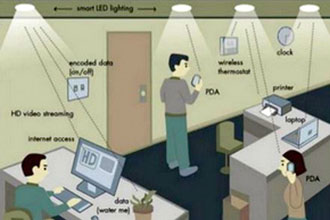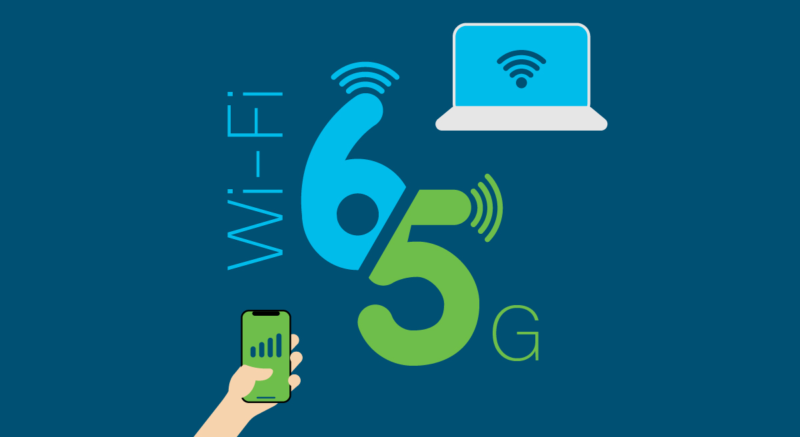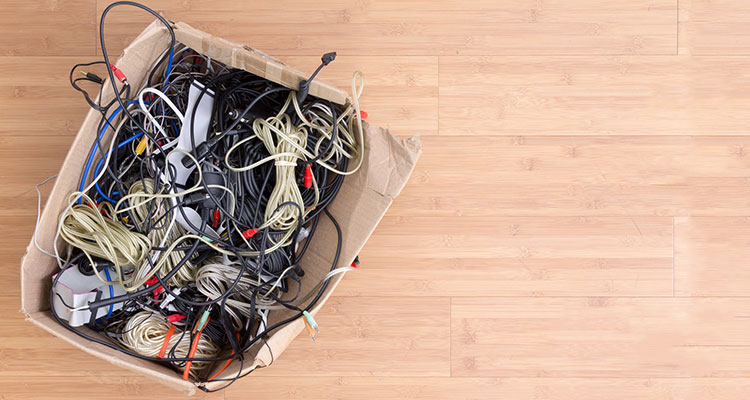Wi-Fi? Make Way for Li-Fi
 What if any illuminating source — your TV, your tabletop lamp, an advertising sign, a street lamp — could double as a wireless hotspot?
What if any illuminating source — your TV, your tabletop lamp, an advertising sign, a street lamp — could double as a wireless hotspot?
UK researchers at the Ultra-Parallel Visible Light Communications (UP-VLC) project can now make visible light communications (VLC) reach data transfer speeds of 10 Gbps with a system using tiny micro-LEDs.
Light fidelity is a potential low-cost alternative to radio-based wireless internet. Now known as Li-Fi (a term coined by Harald Haas from the University of Edinburgh, a member of UP-VLC), visible light communication technology is getting closer to a commercial availability to deliver a networked, mobile, high-speed communication solution in a similar manner as Wi-Fi.
Unlike incandescent and fluorescent bulbs, LEDs as solid-state electronics can be controlled in much the same way as any other electronic component. You can switch them on and off at a high speed. Li-fi is essentially WiFi — but using terahertz radiation (light) instead of microwaves (Wi-Fi).
Think of a shower head separating water out into parallel streams. That’s what researchers can now do with micro-LEDs that handle millions of light intensity changes per second with Orthogonal Frequency Divisional Multiplexing (OFDM), a digital modulation technique that emulates an extremely fast on/off switch.
Li-Fi could become a new paradigm for wireless technology as increasing demand for higher bandwidths, faster and more secure data transmission as well as environmental and user-friendly technology could shift wireless technology from RF to optical technologies.
A Li-Fi-equipped TV could communicate with your iPad, smartphone and other peripherals. Highway lighting could up-date traffic reports, and provides internet access to the kids sitting in the back of your car. Or think about digital signage where the display can offer messaging via internet chat.
In China, researchers have hooked up as many as four computers to Internet through a single one-watt LED bulb.





